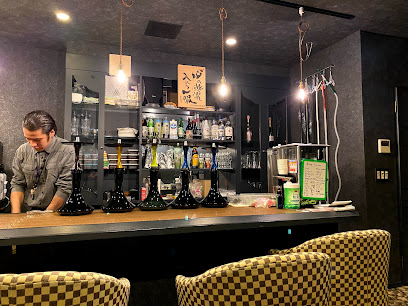
Omiwa Jinja: A Sacred Journey Through Time
Explore the spiritual heart of Nara at Omiwa Jinja, a revered Shinto shrine dedicated to the deity of sake, surrounded by breathtaking nature.
Nestled in the serene landscapes of Nara, Omiwa Jinja is an ancient Shinto shrine dedicated to the deity of sake. This tranquil site offers visitors a deep spiritual experience amidst lush greenery and historical significance, making it a must-visit for any traveler exploring Japan's cultural heritage.
A brief summary to Omiwa Jinja
- 1422 Miwa, Sakurai, Miwa, Nara, 633-0001, JP
- +81744-42-6633
- Visit website
- Monday 9 am-5 pm
- Tuesday 9 am-5 pm
- Wednesday 9 am-5 pm
- Thursday 9 am-5 pm
- Friday 9 am-5 pm
- Saturday 9 am-5 pm
- Sunday 9 am-5 pm
Local tips
- Visit early in the morning for a quieter experience and to enjoy the serene atmosphere.
- Don't forget to try the local sake offerings available nearby to enhance your cultural experience.
- Take your time exploring the surrounding forest trails for stunning views and a peaceful retreat.
- Check the festival calendar for special events that may offer unique insights into local customs.
- Wear comfortable shoes, as the shrine and its surroundings are best explored on foot.
Getting There
-
Car
If you're driving, Omiwa Jinja is located at 1422 Miwa, Sakurai in Nara Prefecture. From Osaka, take the Kinki Expressway (Kansai Expressway) toward Nara. Exit at the Sakurai Interchange (IC). Follow the signs to Sakurai City, which takes about 15 minutes. Once in Sakurai, follow Route 169 and look for signs directing you to Omiwa Jinja. There is parking available near the shrine, but be aware that it can get busy, especially on weekends.
-
Train
For those using public transportation, take the Kintetsu Line from Osaka or Nara to Sakurai Station. From Sakurai Station, the shrine is approximately 3 kilometers away. You can either take a taxi (cost around 1,000 yen) or walk, which takes about 30-40 minutes. If walking, exit the station and head south on Route 169. Follow the signs to Omiwa Jinja, and enjoy the scenic route.
-
Bus
Alternatively, from Sakurai Station, you can take a local bus (Sakurai City Bus) to Omiwa Jinja. Look for the bus stop at Sakurai Station and board the bus heading to Miwa. The fare is approximately 300 yen. The bus ride takes about 10 minutes, and you will get off at the Omiwa Jinja stop, which is a short walk to the shrine entrance.
Discover more about Omiwa Jinja
Iconic landmarks you can’t miss
3-chōme-1-22 Imaichō
6.6 km
Explore the historical beauty of 3-chōme-1-22 Imaichō in Kashihara, Nara, where traditional architecture meets vibrant local culture.
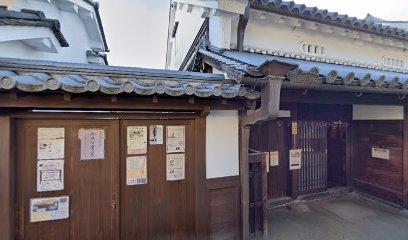
Kasuga Shrine
6.9 km
Experience the tranquility of Kasuga Shrine in Kashihara, a serene Shinto shrine surrounded by nature, steeped in history and spirituality.
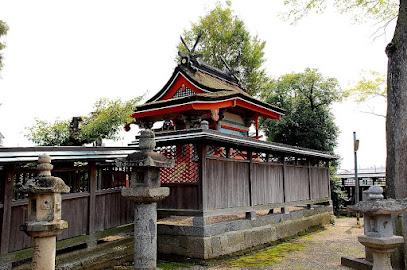
Takamatsuzuka Tumulus
8.6 km
Explore the ancient artistry and history at Takamatsuzuka Tumulus, a serene burial site in Asuka, Japan, rich in cultural significance.
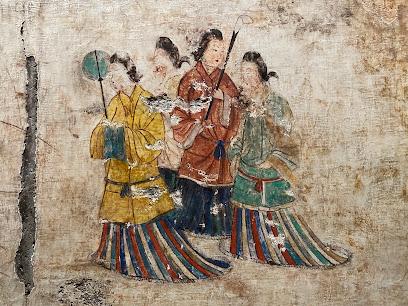
Uda-Matsuyama Castle Ruins
9.4 km
Explore Uda-Matsuyama Castle Ruins, a historic site in Nara offering stunning views, serene nature, and a glimpse into Japan's rich history.
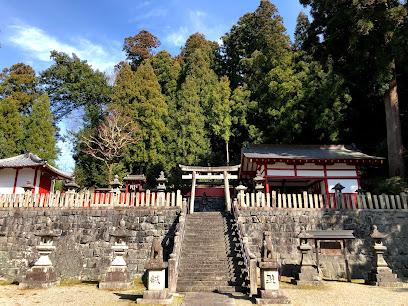
Koriyama Hachiman-Jinja Shrine
14.4 km
Explore the serene beauty of Koriyama Hachiman-Jinja Shrine, a historic Shinto shrine in Nara, Japan, offering peace, spirituality, and stunning architecture.
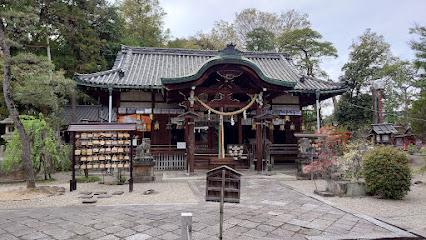
Horyu-ji
14.5 km
Discover the timeless beauty of Horyu-ji, a UNESCO World Heritage Site, showcasing ancient wooden architecture and rich Buddhist history in Nara, Japan.
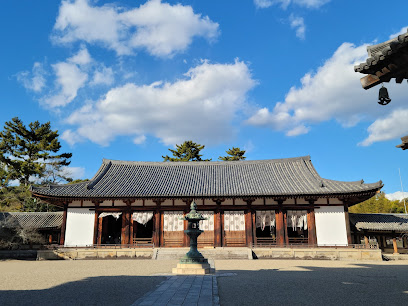
19-1 Konyamachi
14.6 km
Discover the architectural beauty and historical significance of Konyamachi in Yamatokoriyama, a gem in the heart of Nara, Japan.
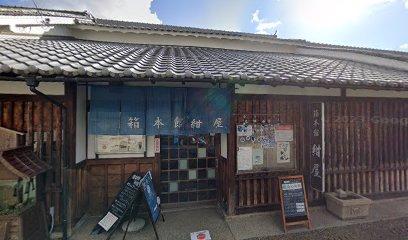
Koriyama Castle Ruins
15.3 km
Explore the enchanting Koriyama Castle Ruins in Nara, Japan – a beautiful blend of history, culture, and stunning natural scenery.
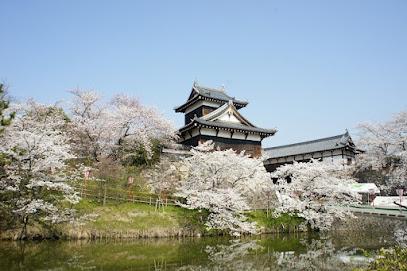
Naramachi Koshi-no-Ie (Lattice House)
16.4 km
Explore Naramachi Koshi-no-Ie in Nara: A beautifully preserved lattice house showcasing traditional Japanese architecture and the charm of Edo-era living.
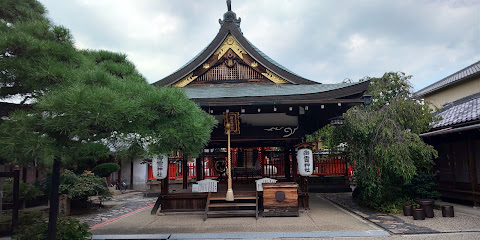
Shiga Naoya's Old Residence
16.6 km
Discover the enchanting Shiga Naoya's Old Residence, a heritage building in Nara showcasing Japan's literary and cultural history.

Naramachi Shiryo-kan Museum
16.6 km
Discover Nara's rich history at Naramachi Shiryo-kan Museum, where the past comes alive through engaging exhibits and artifacts.
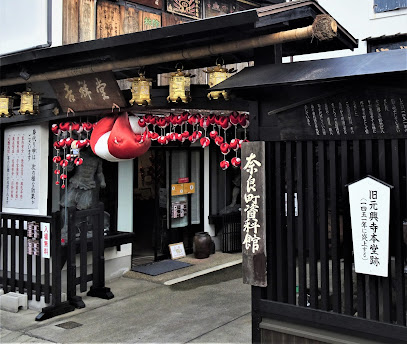
Naramachi Historic District
16.6 km
Explore Naramachi Historic District, a serene journey through Japan's Edo period with stunning architecture and rich cultural experiences.
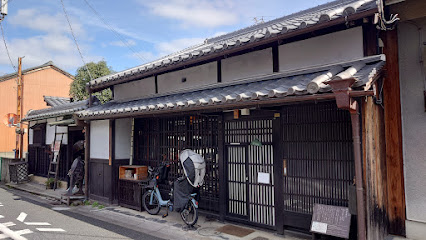
Naramachi Nigiwai-no-le
16.6 km
Discover the traditional charm and cultural heritage of Naramachi Nigiwai-no-ie, a captivating tourist attraction in historic Nara, Japan.
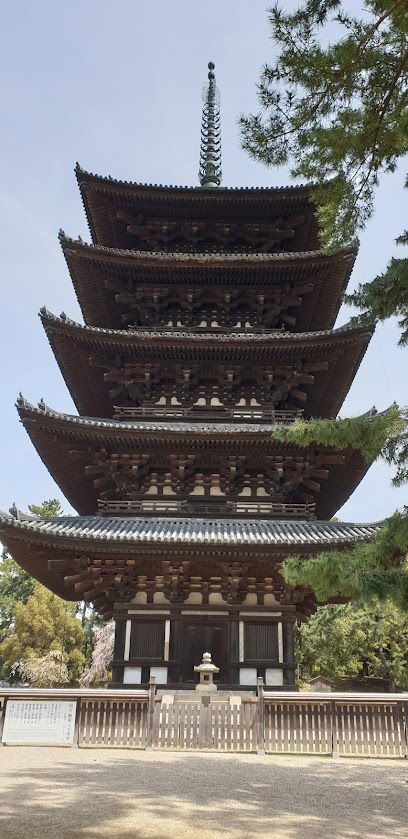
塔の茶屋
16.6 km
Experience authentic kaiseki dining at Tounochaya in Nara, where seasonal ingredients and exquisite presentation come together in harmony.
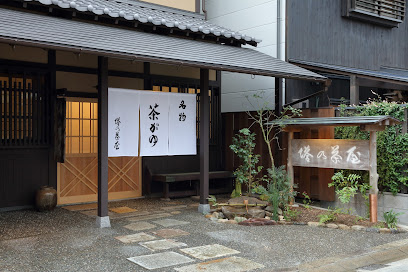
Gango-ji
16.7 km
Explore Gango-ji, a UNESCO World Heritage Buddhist temple in Nara, where history, spirituality, and tranquility converge in stunning landscapes.

Unmissable attractions to see
Imanishi Sake Brewery
0.4 km
Explore the heart of Japanese craftsmanship at Imanishi Sake Brewery, where tradition meets flavor in the serene backdrop of Nara.
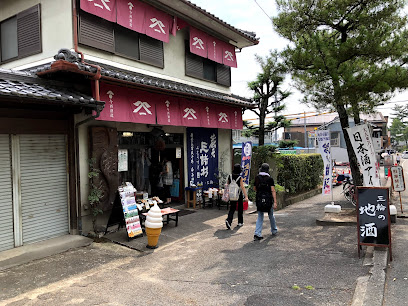
Mount Miwa
1.4 km
Discover the serene beauty and spiritual significance of Mount Miwa, a sacred peak in Nara, Japan, perfect for nature lovers and cultural enthusiasts alike.

Hasedera Temple
5.0 km
Discover the beauty and tranquility of Hasedera Temple in Nara, Japan, a historic Buddhist site surrounded by stunning nature and rich culture.
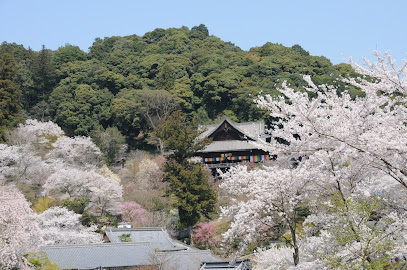
Fujiwara Palace Ruins
5.2 km
Explore the historic Fujiwara Palace Ruins in Kashihara, Nara, a captivating archaeological site showcasing Japan's rich cultural heritage and ancient architecture.
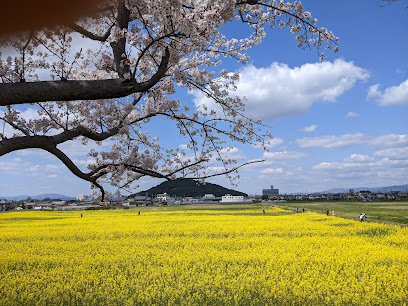
Asuka Historical Museum, Nara National Institute for Cultural Properties
5.6 km
Explore the rich cultural heritage of Japan at the Asuka Historical Museum, showcasing ancient artifacts and the fascinating history of the Asuka period.

Asuka Mizuochi Ruins
6.3 km
Discover the historical treasures of Asuka Mizuochi Ruins, an ancient site that showcases Japan's rich cultural heritage and architectural brilliance.
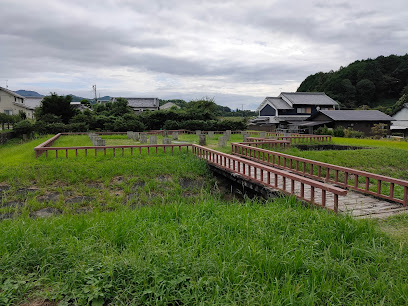
Moto-Yakushi-ji Temple Ruins, Nationally Designated Special Historic Site
6.3 km
Discover the ancient echoes of Moto-Yakushi-ji Temple Ruins, a Nationally Designated Special Historic Site in Kashihara, Nara, steeped in rich cultural heritage.
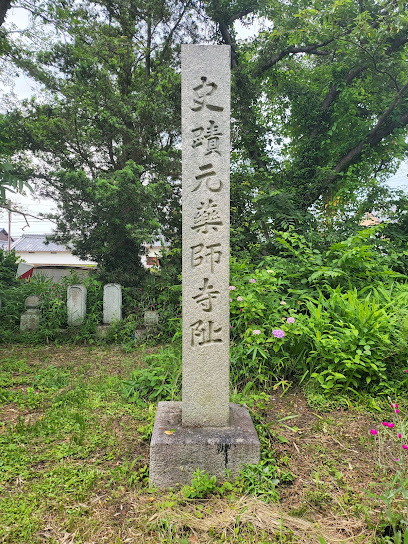
Asukaike Workshop Ruins
6.3 km
Unearth the rich cultural heritage of Asukaike Workshop Ruins, where ancient craftsmanship meets serene natural beauty in Japan's Asuka region.
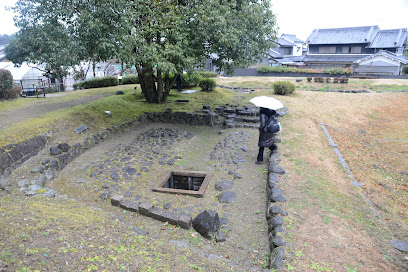
Asuka-dera
6.3 km
Explore the ancient Asuka-dera, home to Japan's oldest Buddha statue and a tranquil escape into Japan's rich Buddhist heritage.
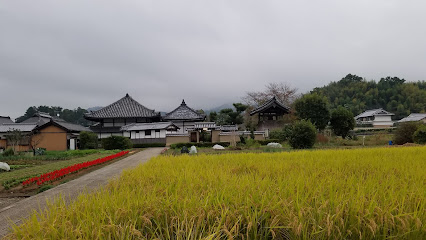
Nara Prefecture Complex of Man’yo Culture (Man’yo Museum)
6.4 km
Explore the Nara Prefecture Complex of Man'yō Culture, a fascinating local history museum dedicated to Japan's ancient Man'yō era in the heart of Asuka.

Imai Townscape Exchange Center Hanairaka
6.4 km
Discover the rich history and culture of Kashihara at the Imai Townscape Exchange Center Hanairaka, a captivating local history museum in Nara, Japan.
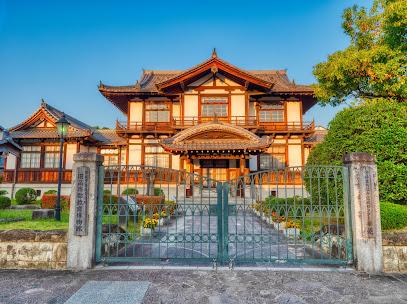
The Sakafune-ishi Stonework
6.5 km
Explore the Sakafune-ishi Stonework, an archaeological gem in Nara showcasing ancient stone artistry and the rich history of Japan.
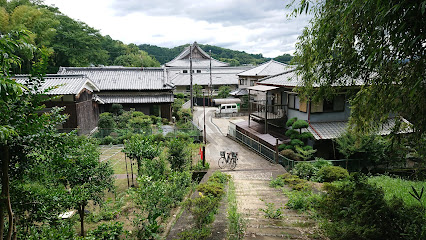
Mausoleum of Emperor Suizei
6.6 km
Explore the Mausoleum of Emperor Suizei in Nara, Japan, where history and nature blend seamlessly to offer a tranquil retreat for all visitors.

Okadera
6.7 km
Explore Okadera, a beautiful Buddhist temple in Asuka, Japan, where serenity, history, and stunning gardens await every visitor.

Oka-dera Hondo (Main Hall)
6.7 km
Explore Oka-dera Hondo, a tranquil Buddhist temple in Asuka, Nara, known for its stunning architecture and serene surroundings, perfect for spiritual reflection.
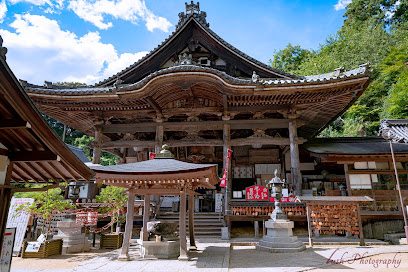
Essential places to dine
Kiyosuminosato Awa
11.6 km
Discover authentic Japanese cuisine at Kiyosuminosato Awa in Nara, where tradition meets taste in a serene setting.
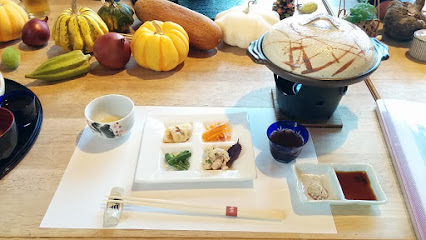
Tsukumo
16.5 km
Discover Tsukumo: An exquisite Kaiseki restaurant in Nara offering seasonal dishes that celebrate Japan's culinary traditions.
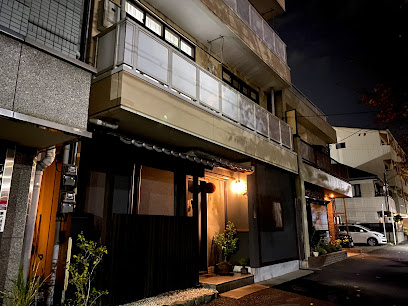
Sankoen
16.6 km
Discover Sankoen in Nara - where traditional Japanese cuisine meets modern creativity for an unforgettable dining experience.
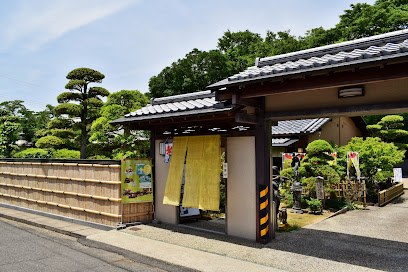
RAhOTSU
16.7 km
Discover authentic Thai flavors at RAhOTSU in Nara - a culinary gem offering exquisite dishes in a vibrant atmosphere.
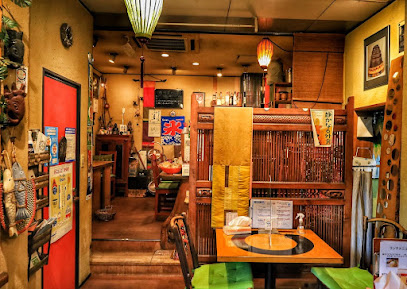
はり新
16.7 km
Discover authentic Japanese cuisine at はり新 in Nara - where tradition meets flavor in every dish.

Vegan Cafe Ramuna
16.7 km
Discover the vibrant flavors of plant-based cuisine at Vegan Cafe Ramuna in Nara - a haven for health-conscious food lovers.
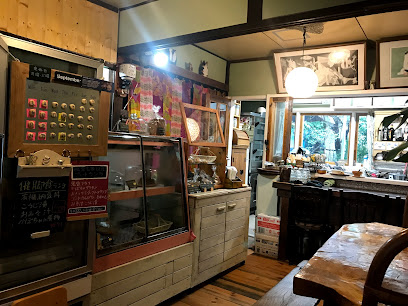
Ashibinosato
16.7 km
Discover authentic Japanese cuisine and vibrant culture at Ashibinosato in Nara – where food meets community in an unforgettable experience.

Naramachi Hiyori
16.7 km
Discover the art of Kyoto-style dining at Naramachi Hiyori—where tradition meets creativity in every delicious bite.
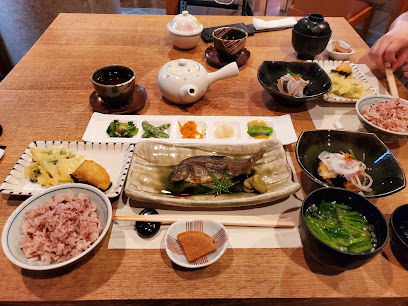
滴翠
16.8 km
Experience the essence of authentic Japanese cuisine at 滴翠 in Nara - where tradition meets taste.
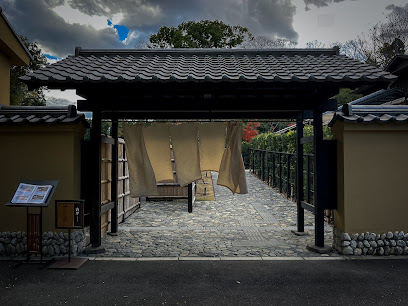
Awa Naramachi
16.8 km
Experience authentic Japanese cuisine at Awa Naramachi in Nara - where tradition meets taste.

Edogawa - Naramachi
16.8 km
Experience authentic Japanese cuisine at Edogawa - Naramachi in historic Nara, featuring expertly grilled unagi and traditional delicacies.
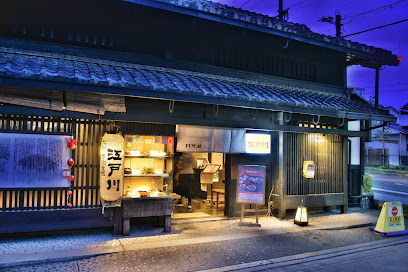
Kinatei
16.8 km
Experience the best of vegetarian dining at Kinatei in Nara, where organic ingredients meet flavorful creativity for every health-conscious traveler.

Okonomiyaki Parco
16.9 km
Discover authentic Japanese flavors at Okonomiyaki Parco in Nara - where delicious okonomiyaki meets vibrant dining culture.
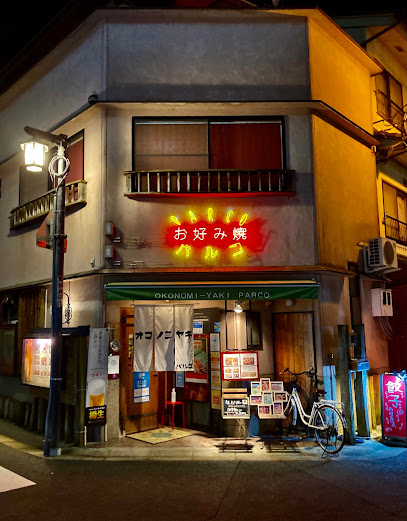
Main Dining Room 'Mikasa'
16.9 km
Experience exquisite French cuisine at Nara's Main Dining Room 'Mikasa', where tradition meets innovation in every dish.
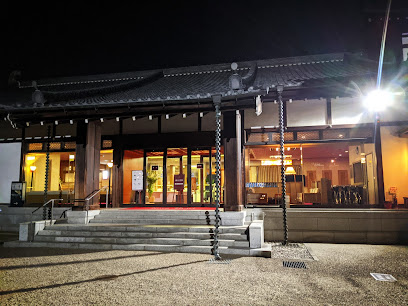
onwa
17.0 km
Experience the best of plant-based cuisine at Onwa in Nara – where every bite is crafted with love and care.

Markets, malls and hidden boutiques
Coffee Sanpo
7.0 km
Discover the tranquility of Coffee Sanpo in Asuka, where exceptional brews meet breathtaking countryside views.
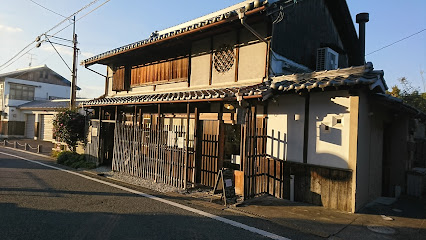
Tenri Hondori Shopping Street
8.1 km
Discover the cultural heartbeat of Tenri at Hondori Shopping Street with its vibrant shops and tantalizing street food, a must-visit for every traveler.
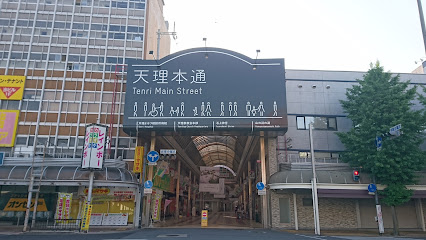
Aeon Mall Kashihara
8.6 km
Discover unparalleled shopping and dining at Aeon Mall Kashihara in Nara, Japan, where tradition meets modern retail and entertainment.
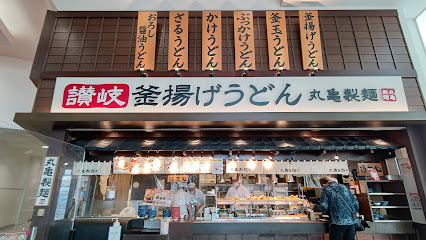
Secret Base JO-9, Cafe
13.6 km
Experience the serene charm of Secret Base JO-9 Café in Nara, where delicious coffee and a tranquil atmosphere await every visitor.
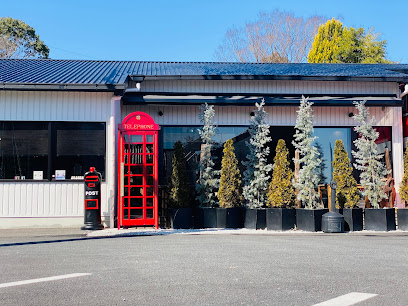
Ryohinkaikan Naraten
16.3 km
Explore Ryohinkaikan Naraten for unique kimonos, vintage finds, and sustainable shopping in the heart of Nara, Japan.
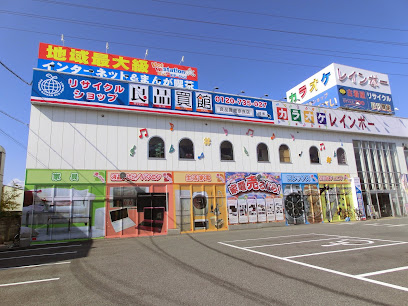
奈良専門オンラインショップ「ならわし」
16.6 km
Explore ならわし, Nara's premier gift shop, for unique local crafts and souvenirs that capture the spirit of Japan's rich heritage.
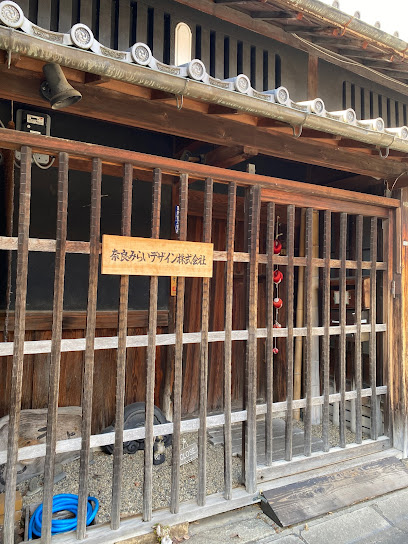
SHOP OF THE PAINTER OF NARA MACHI
16.8 km
Explore the vibrant artistry at the Shop of the Painter in Nara Machi, where tradition meets creativity in every handcrafted piece.

Shimomikado Shopping Street
16.9 km
Experience the perfect blend of tradition and modernity at Shimomikado Shopping Street, a vibrant destination in the heart of Nara, Japan.
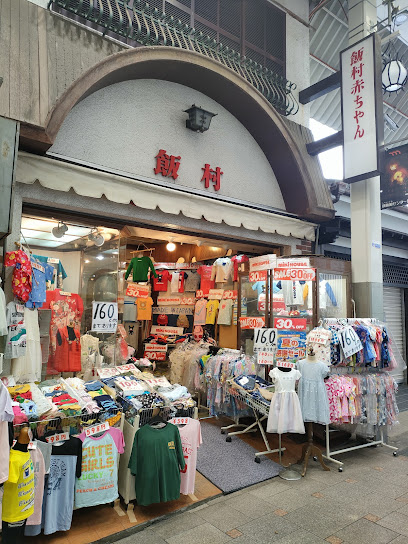
Network Gallery Nawrap
16.9 km
Explore the unique charm of Japanese home goods at Network Gallery Nawrap in Nara, a must-visit destination for tourists.

Ezuya
17.0 km
Explore Ezuya in Nara for authentic souvenirs and traditional crafts that embody the essence of Japanese culture.
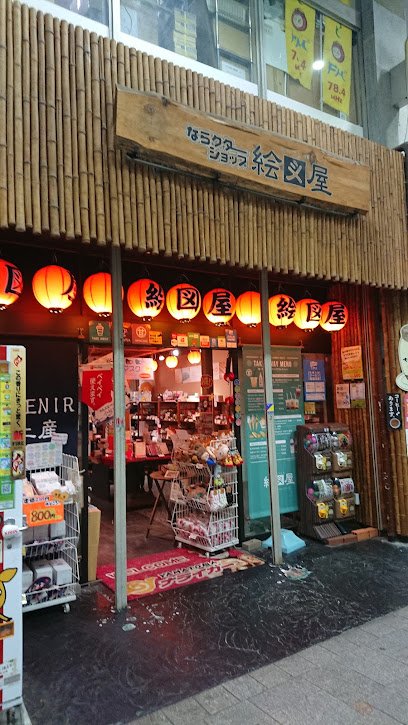
Mochiido Center Town
17.0 km
Experience the essence of Nara at Mochiido Center Town, a vibrant shopping mall blending modern retail and traditional charm.
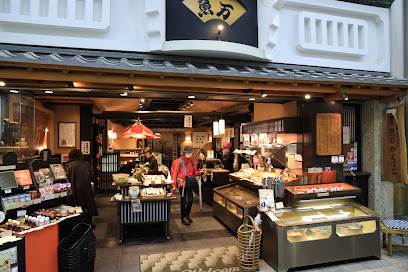
Spark
17.1 km
Discover unique home goods and furniture at Spark in Nara, where local craftsmanship meets modern design in an inviting shopping experience.

Nakagawa Masashichi Shoten - Nara Flagship Store
17.1 km
Discover unique handicrafts, clothing, and local treasures at Nakagawa Masashichi Shoten, Nara's charming flagship general store.
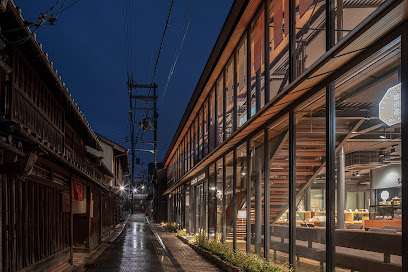
Nakagawa Masashichi Shoten Branch Souvenir Nara Sanjo
17.2 km
Explore Nakagawa Masashichi Shoten in Nara for authentic souvenirs, unique handicrafts, and a taste of local Japanese culture.

Risky
17.2 km
Explore an enchanting array of authentic Japanese souvenirs at Risky Souvenir Store, a treasure trove in the heart of Nara.
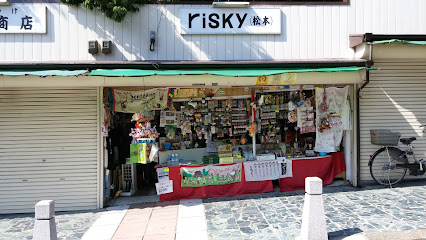
Essential bars & hidden hideouts
THE SAILING BAR
2.7 km
Experience Sakurai's vibrant nightlife at The Sailing Bar, where exquisite cuisine meets a charming nautical atmosphere.
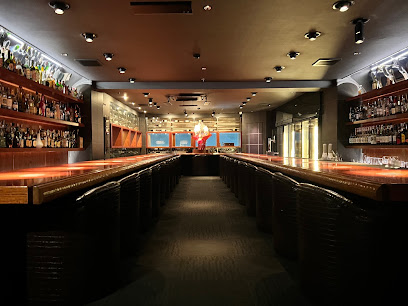
Bar Sally / Sally's Curry
15.4 km
Discover the unique blend of bar culture and authentic Japanese curry at Bar Sally in Yamatokoriyama, Nara, for an unforgettable dining experience.

blue note Naramachi
16.9 km
Discover the heart of Nara's jazz scene at Blue Note Naramachi, where live music and a relaxed atmosphere await every visitor.

HAOH SURUGAMACHI
16.9 km
Discover the vibrant nightlife at HAOH SURUGAMACHI, Nara's premier bar and live music venue, where unforgettable experiences await.

Salon des vins Sève
16.9 km
Discover the enchanting world of wines at Salon des Vins Sève, a cozy wine bar in Nara, Japan, perfect for relaxation and indulgence.
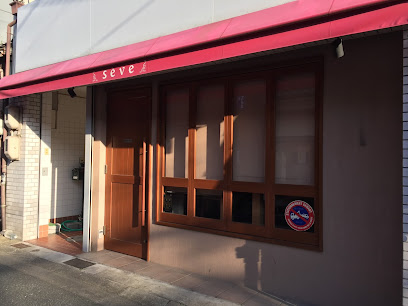
SK Music At Brazilian Bar
16.9 km
Discover the vibrant nightlife at SK Music at Brazilian Bar in Nara, where live music meets a cozy atmosphere for an unforgettable experience.

M's Bar
17.0 km
Discover M's Bar in Nara for an unforgettable evening of crafted cocktails and cozy ambiance amidst Japan's rich cultural heritage.

BAR315.nara
17.0 km
Discover BAR315.nara: Where Modern Vibes Meet Traditional Japanese Hospitality in the Heart of Nara.

バー フィディック
17.0 km
Experience the vibrant nightlife of Nara at Bar Fiddich, where exceptional drinks and a cozy atmosphere await you.

Savant
17.0 km
Discover Savant, Nara's top bar, offering exquisite cocktails and a vibrant atmosphere that reflects the best of Japanese hospitality.
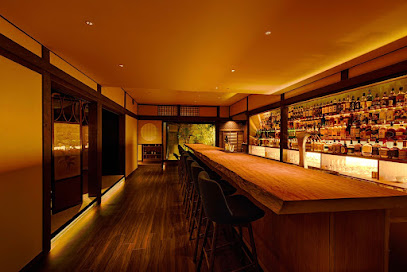
Music Bar Reciaffe
17.1 km
Discover the vibrant nightlife of Nara at Music Bar Reciaffe, where great music and a lively atmosphere await your arrival.
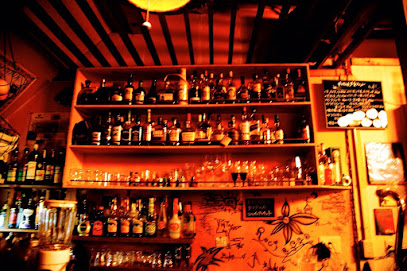
Light
17.1 km
Experience the lively atmosphere and local flavors at Light, a charming pub in the heart of Nara, Japan.
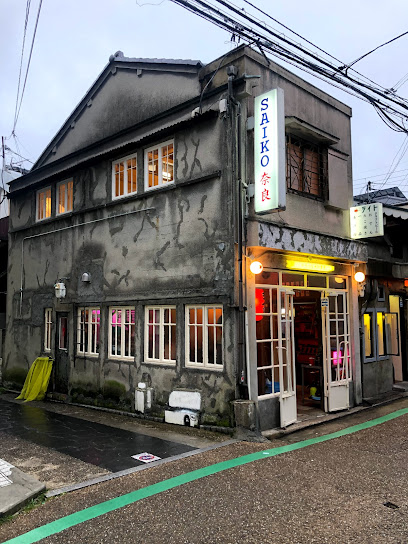
shishabar Re'bel
17.1 km
Discover the lively atmosphere and authentic Japanese barbecue at Shishabar Re'bel in Nara, a culinary gem for food enthusiasts.

Bar PIRATES
17.1 km
Discover the lively pirate-themed Bar PIRATES in Nara, where you can enjoy an extensive drink menu and vibrant nightlife in a unique atmosphere.
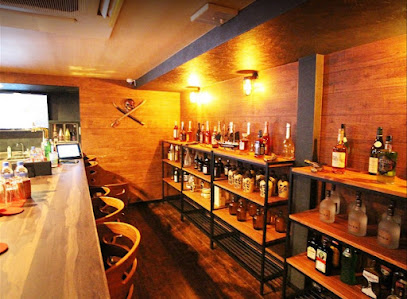
shisha&bar vanguard
17.2 km
Discover the vibrant nightlife of Nara at Vanguard Shisha & Bar, where exquisite shisha and cocktails meet a lively atmosphere.
